- Laboratory >
- Laboratory medicine >
- IgG reagent
IgG reagents

{{product.productLabel}} {{product.model}}
{{#if product.featureValues}}{{product.productPrice.formattedPrice}} {{#if product.productPrice.priceType === "PRICE_RANGE" }} - {{product.productPrice.formattedPriceMax}} {{/if}}
{{#each product.specData:i}}
{{name}}: {{value}}
{{#i!=(product.specData.length-1)}}
{{/end}}
{{/each}}
{{{product.idpText}}}
{{product.productLabel}} {{product.model}}
{{#if product.featureValues}}{{product.productPrice.formattedPrice}} {{#if product.productPrice.priceType === "PRICE_RANGE" }} - {{product.productPrice.formattedPriceMax}} {{/if}}
{{#each product.specData:i}}
{{name}}: {{value}}
{{#i!=(product.specData.length-1)}}
{{/end}}
{{/each}}
{{{product.idpText}}}

Storage temperature: 2 °C - 8 °C
... reaction with IgG and IgM under the conditions of the assay. Extremely lipaemic or haemolytic samples and high levels of ionic detergents may interfere in the assay Other features Immunoturbidimetric method Liquid ...

... variety of clinical chemistry analysers. Immunoglobulin E (IgE) is one of five classes of immunoglobulins (IgA, IgD, IgE, IgG and IgM). IgE was the last immunoglobulin to be discovered. However, since it’s discovery, ...
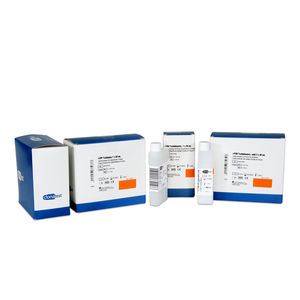
... turbidimetric principle for the quantitative in vitro determination of transferrin (Tf) in human feces. The reagent contains latex particles coated with goat IgG anti-human Transferrin in a Tris buffer. ...
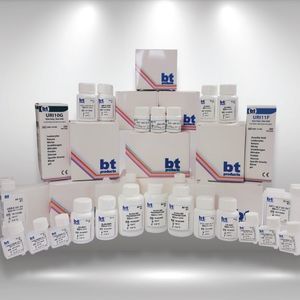
Storage temperature: -20 °C - 8 °C
... immunglobulin IgG in human serum or plasma. PRINCIPLE OF THE METHOD Anti human IgG antibodies when mixed with samples containing IgG form insoluble complexes. These complexes ...
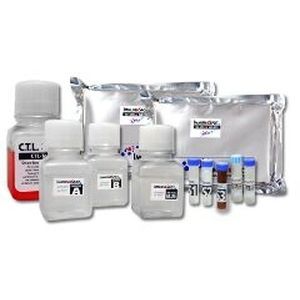
... IgA, IgG or IgM. Details CTL Mouse B-Poly-S™ is a stock solution containing Resiquimod and recombinant Mouse IL-2 and is capable of polyclonal stimulation and differentiation of B cells into antibody-secreting cells ...
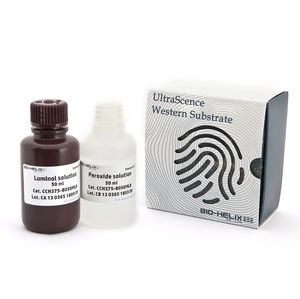
Storage temperature: 4 °C
... CCD-based imaging. Membranes were probed with GFP tag Rabbit PolyAb diluted at 1:10,000 of and then with Goat Anti-rabbit IgG/HRP secondary antibody (1:10,000) after serial dilution EGFP (Enhanced Green Fluorescent ...
Bio-Helix
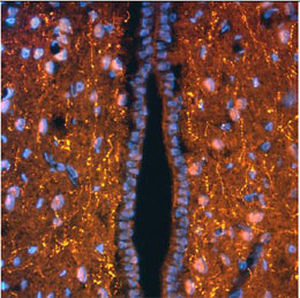
Storage temperature: 2 °C - 4 °C
Dilutions: Immunohistochemistry: 5-10 ug/ml Immunofluorescence: 5-15 ug/ml Immunogen: Porcine ACTH (Adrenocorticotropic hormone) conjugated to BSA. Storage: The product can be stored as supplied for up to 12 months at 2°C-4°C. After ...
Neuromics
Your suggestions for improvement:
the best suppliers
Subscribe to our newsletter
Receive monthly updates on this section.
Please refer to our Privacy Policy for details on how MedicalExpo processes your personal data.
- Brand list
- Manufacturer account
- Buyer account
- Our services
- Newsletter subscription
- About VirtualExpo Group








Please specify:
Help us improve:
remaining